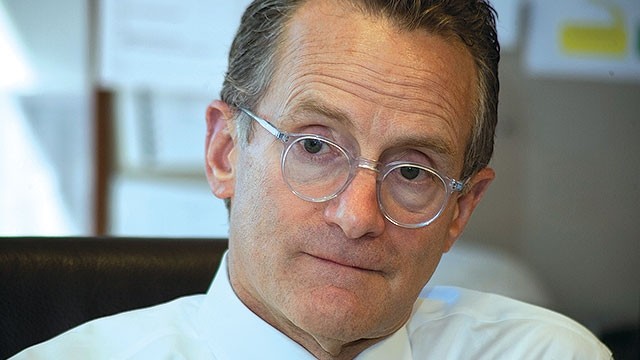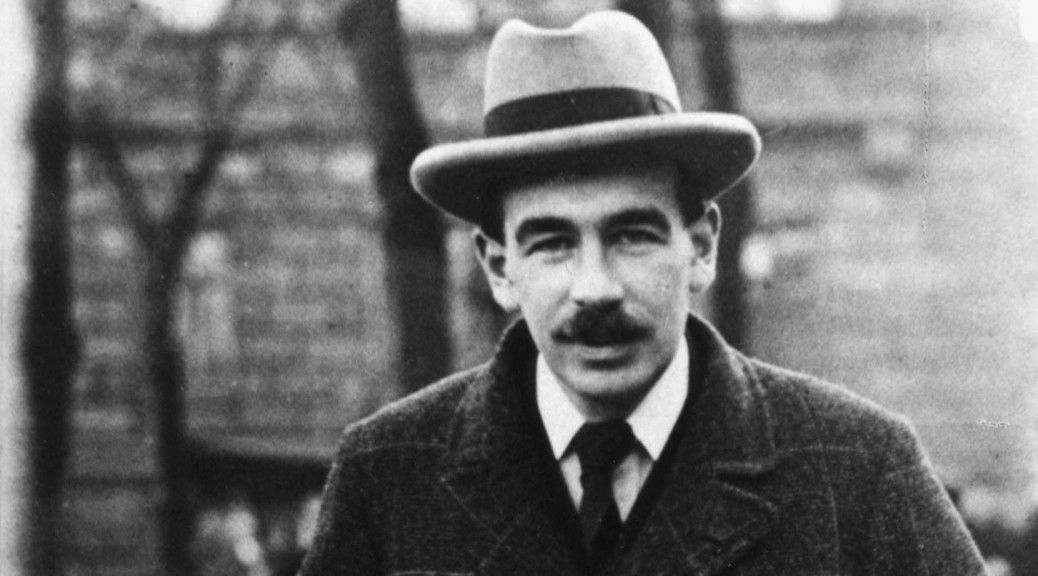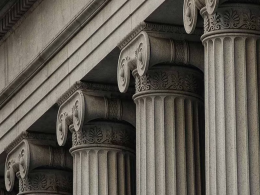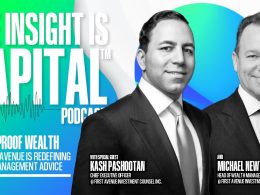by Brian S. Wesbury – Chief Economist & Robert Stein, CFA – Deputy Chief Economist, First Trust Portolios
Milton Friedman, Art Laffer and other market-believing economists had their long day in the sun during the 1980s and 1990s. Tax rates fell and government spending declined relative to GDP. But – ironically, in the long run, and long after he passed away – John Maynard Keynes got his revenge.
Whereas free-marketeers believed markets were self-correcting, Keynes thought market failures required government intervention. As a result, during the last two crises (the 2008-09 mark-to-market panic and COVID), government spending and easy money have been on a one-way elevator. Non-defense government spending shot from less than 15% of GDP in 2000 to more than 20% today. The M2 money supply has tripled since 2007, with the introduction of Quantitative Easing as a new way for the Federal Reserve to manage the economy rather than wait for the market itself to heal the economy.
The US has run roughly annual budget deficits of about 6.5% of GDP in the past two years and looks to be on pace to do it again in FY2025, even with DOGE and an administration budget proposal that promises to cut spending at some point.
There are at least a couple reasons Keynes won the day. First, political leaders in Washington, DC are naturally inclined to think more government spending and looser monetary policy will boost the economy, as those policies let them hand out gifts to voters and put them in a position of prominence. In a nutshell, you get to play Santa Claus without having to put on a red suit.
Second, Keynesian theory promises government-spending multipliers, where every dollar of government spending creates more than a dollar of GDP growth! How do they promise to deliver this magic? By taxing people with a higher marginal propensity to save and giving to those with a higher marginal propensity to spend.
Keynesians think that consumption drives growth. After all, consumer spending makes up almost 70% of GDP…so if you can reduce savings and boost consumption, on the chalkboard you can actually boost economic activity.
But, no matter what the chalkboard says, it hasn’t worked. In the past 20 years, real GDP has grown just 2.0% per year in spite of incredibly productive new technologies (smartphones, high speed internet, apps, the cloud, AI,…etc.). And don’t forget government spending has soared (from $3 trillion per year in 2007 to $7 trillion per year now), and the Fed also got super easy, boosting money and holding interest rates near zero for nine of the past 17 years. In spite of all of this, economic growth has stagnated, houses are unaffordable, and the percentage of Americans on food stamps has more than doubled since 2001.
At 2.0% real GDP growth, the US is growing half as fast as it did in the 20 years following WWII. In other words, Keynesianism did not fulfill its promise. The more money we push, the less growth we get. It’s not that hard to understand. It may seem like there is money everywhere, because the Fed has flooded the financial system, but saving rates are actually way down…which is what happens when you tax savers and redistribute it to spenders.
The “real” (inflation-adjusted) consumption of goods is up 62% since 2008, while value-added manufacturing is only up 14%. We may be producing more than ever in the US, but consumption has outstripped our production by a massive amount. The result: huge trade deficits, less real economic growth, less savings, and irresponsible budget deficits.
Put it all together and we have reached peak Keynesianism. It doesn’t work. Unfortunately, the only way out is to cut the size of government by a significant amount. We say unfortunately because Congress, led by either major political party, hasn’t found a way to do that. In fact, even GOP members of Congress are pushing back against reducing Green New Deal spending or any cuts to Medicaid.
Sure, voters like the spending, and government has found its way into every nook and cranny of our lives. We keep doing the same thing over and over again and we keep expecting different results. But they won’t ever come. The bigger the government gets, the less we get in return. It’s past time to remember Milton Friedman and market-believing economic models.
In spite of the success of the US economy in the 1980s and 1990s, when we cut tax rates, spending slowed and regulation was reduced, Government keeps roaring back.
Brian S. Wesbury – Chief Economist
Robert Stein, CFA – Deputy Chief Economist
Click here for a PDF version
Copyright © First Trust Portolios














